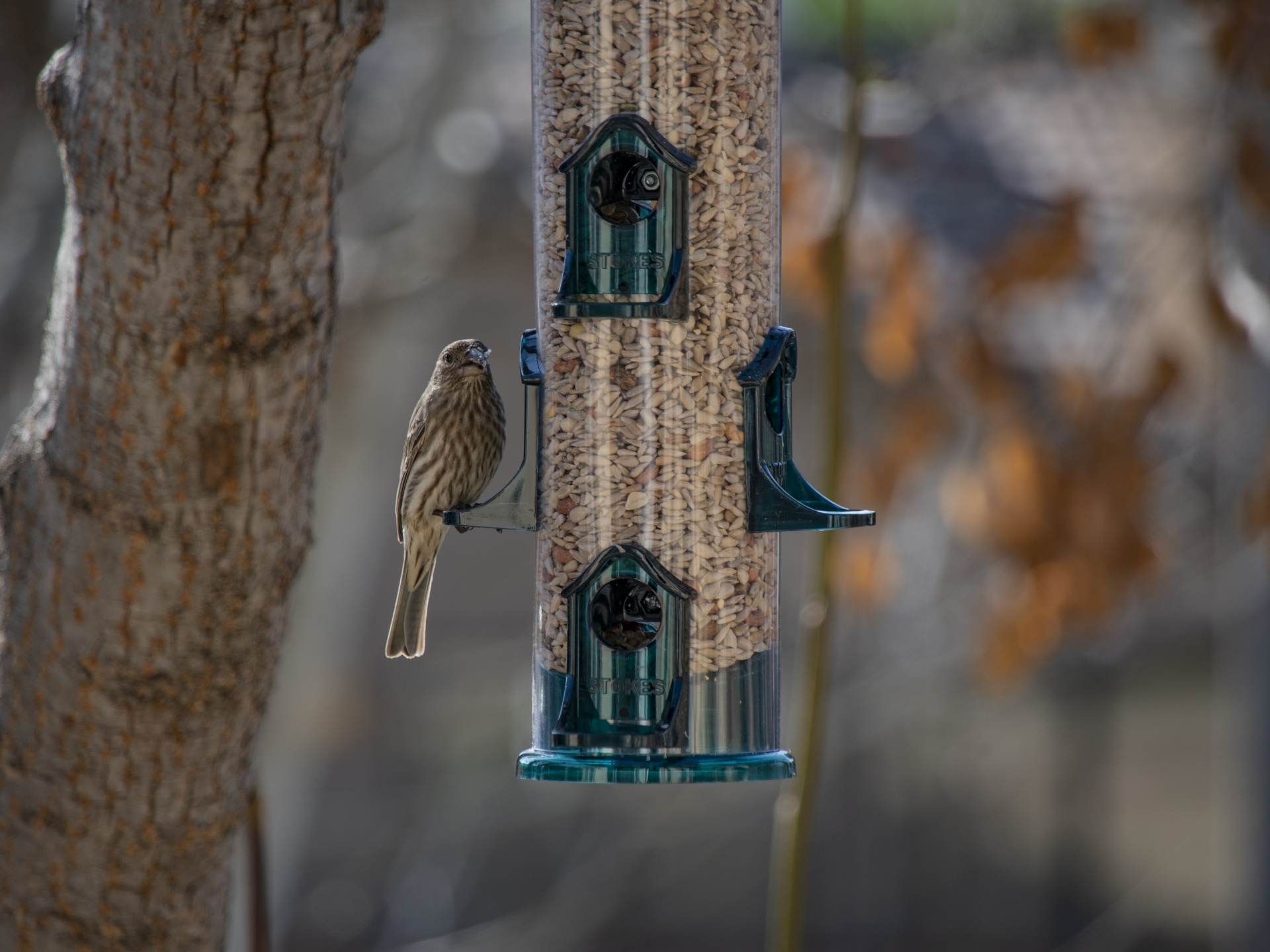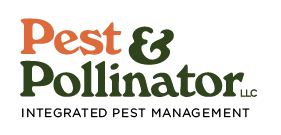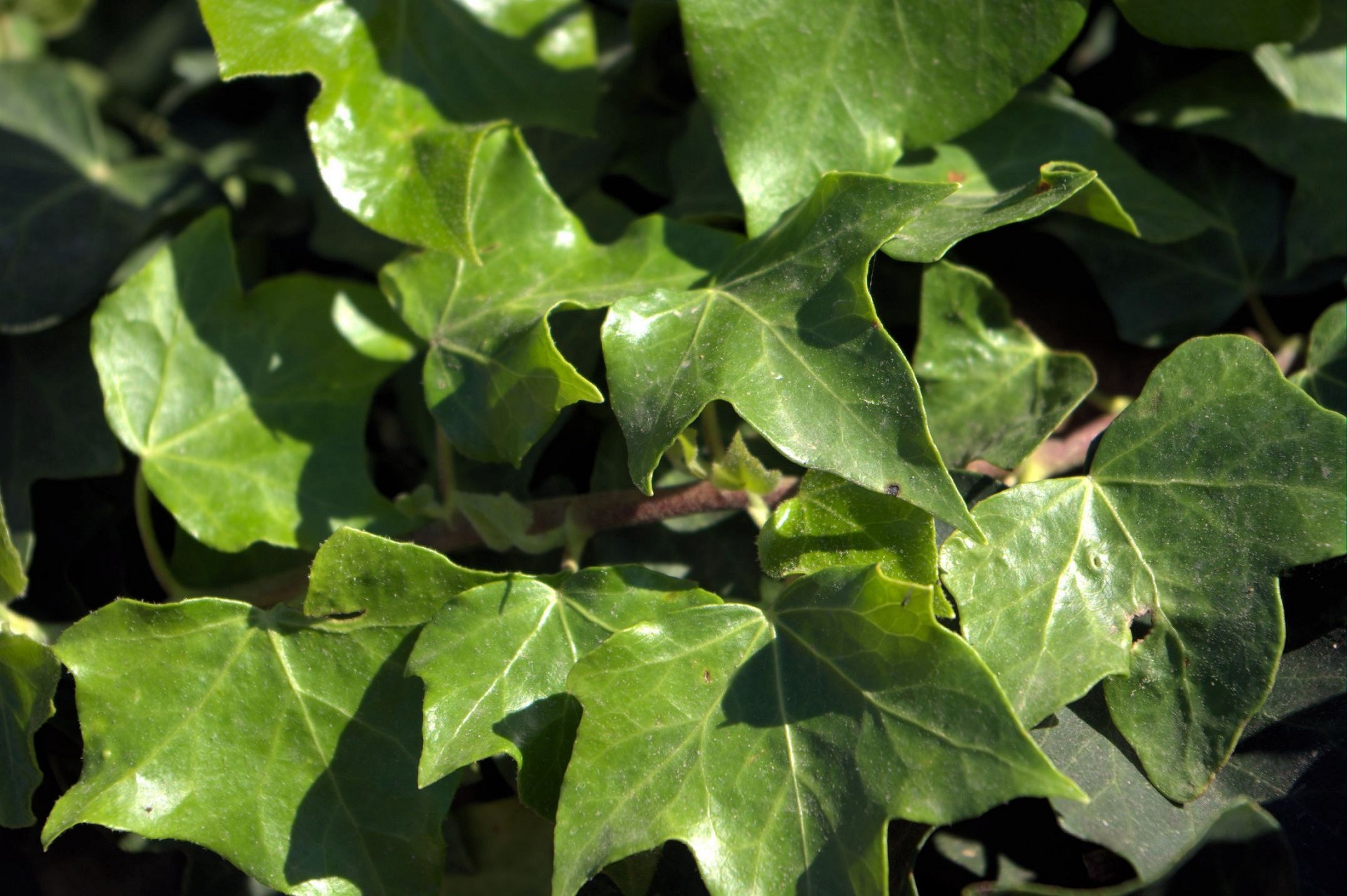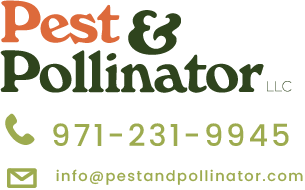Invasive species are organisms that disrupt natural ecosystems. Not every species introduced to Oregon is considered invasive. But without the natural pest controls of their own evolved ecosystems, many introduced plants, animals, and organisms are outcompeting our precious ones. This article will explore what invasive species are, and examine how we can protect the biodiversity of our naturally evolved ecosystems.
Who Says What Are Invasive Species?
I am biased, learning “pest” ecology through the lens of invasive species control and native habitat restoration. It was a cut-and-dry philosophy; if it’s invasive and bad it should be removed. Then it should be replaced with something native that’s good because that will support the local ecosystem. Native plants are the natural communal infrastructure for native insects, pollinators and wildlife species. From that habitat they thrive and then add their own services to improve the local biosphere.
Tales from Bronson Swamp
I was a habitat restoration contractor in my early twenties. We had the amazing opportunity to help transform huge areas of invasive weed monocultures back into fully functioning ecosystems.
It starts in a godforsaken swamp in the suburbs of Beaverton. And it involves a tiny little yellow striped beetle, and an annoying but native plant.
Year 1: Reed Canary Grass
At first it was a reed canary grass infested nightmare. One wrong step might send you chest deep into the cold swampy water. After the first year of weed control, a huge patch of invasive reed canary grass grew back as a huge patch of Beggar’s tick.
Year 2: Beggar’s Tick
Beggar’s tick is native, but annoying sometimes. It has little seeds that look like ticks. These seed pods are a nuisance because they cling firmly to knit fabrics like burrs do. They will swiftly ruin a good pair of socks or wool sweater.
Having a huge four-acre monoculture of Beggar’s tick didn’t seem ideal…
Year 3: Habitat Restored!
Flash forward to the next year. I am standing in the exact same spot. A moment of shock as I notice all the beggar’s tick is completely gone. So I look down to find a tiny black and yellow striped beetle nibbling on a few leftover tufts. The entire monoculture was consumed down to stumps by the calligrapha californicus or beggar’s tick beetle. And while they worked, they left behind a beautiful mosaic of native slough sedge, smallfruit bulrush, wapato, and native grasses and rushes.
The beggar’s tick was naturally controlled by the calligrapha beetle. This supported a natural succession in the ecosystem & increased biodiversity. Reed canarygrass does not.
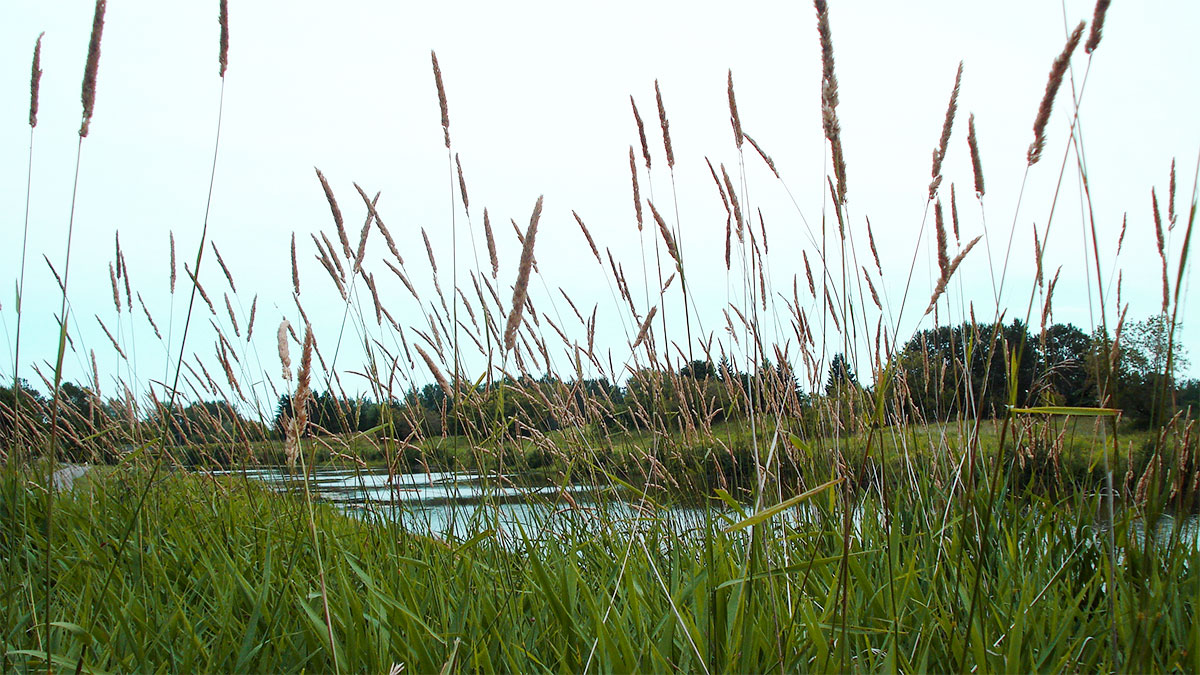
Habitat Restoration in Portland
Since then I have felt an even greater responsibility to be a good land steward. We should continue to learn how and when we can work alongside nature. To tip or nudge the ecosystem back into a more functional way to achieve our management goals. Anecdotally we know native species often explode then later die back in early stages of a restoration project or natural ecosystem.
Natural Invasive Species Control
Weeds would be removed and one native herb or shrub would explode in population to replace the weed. Then that native species fades into the background the next year as some unknown force of the natural ecosystem creates a more balanced & biodiverse ecosystem. All this on a human time scale, tipped by human hands.
Invasive Species as Food and Medicine
People are shocked but excited to learn lots of weeds we consider “bad” are actually abundant sources of food, medicine and pollinator habitat. Some of our favorites are dandelion, mullein, clover, St. John’s wort, burdock, English hawthorn, comfrey, nipplewort, lemon balm, wild rose hips and even himalayan blackberry. Some introduced plants might be a bit bossy to our native plants, but they can also provide a source of nutritious food or potent medicine.
Novel Ecology
Most of these plants were probably brought here by humans originally for nutritional and medicinal reasons. This is the concept of “novel ecology.” Brand new ecosystems are created around human cities where non-native species have spread. A non-native squirrel living in a non-native tree and spreading it’s seed is an example.
Introduced plants that don’t spread particularly fast may actually be increasing local biodiversity in a novel or degraded urban system. The definition of pest must be dynamic to be accurate.
Bad Apple Spoils the Bunch
This is an old phrase, but there is some truth. After all a rotting apple is its own ecosystem, where bacteria and other microbe species thrive and take over. Bacteria create an environment which further favors their production, and before you know the whole barrel is full of fetid rotten goop.
Invasive Clematis or “Old Man’s Beard”
Clematis vitalba or Old Man’s Beard (a three leafed vine that smothers everything like kudzu) and English ivy are examples of highly invasive plant species. These are the bad apples that pose a serious threat to biodiversity by outcompeting native species. Many bad apple weeds usually do not provide food or medicine for humans or native wildlife, and the support they provide is so often for other invasive species like rats and starlings.

Invasive English Ivy
English Ivy is a favorite of Norway rat. Rodents LOVE to tunnel through the sprawling dense low-lying cover that ivy provides. Peel back the roots and sometimes you’ll reveal a distinctive smooth softball-sized rat hole or tunnel. Starlings, another non-native invasive species are known to favor ivy berries. They consume them and distribute them via droppings in large numbers to spread further. Clematis vitalba aka Old Man’s Beard was used to bundle grain because mice did not chew on the vines.
Some gardeners note that lots of insects and grubs hiding under the ivy supports bird habitat. Species of bees and wasps are also known to favor ivy as habitat, including feral honeybees. If you choose to grow it, keep ivy contained and away from fence lines, structures, or trees. Ivy can slowly climb and provide harborage for pests like rodents. Roof rats hide in ivy as they case your neighborhood at night looking for the next garage or attic to break into.
Don’t Mess With Aggressive Invasive Species
I gather more evidence to support my theory the longer I’m out in the field; Native species support native species which leads to ecosystem function. Conversely, invasive species support more invasive species leading to further habitat degradation and local biodiversity loss. These invasive species in my opinion are defining pests, weeds, or the definition of pest.
What if we just leave invasive species?
Ivy is a highly shade tolerant plant from the British isles that completely wreaks havoc on the understory layer of a mature native forest ecosystem. With good soil such as in Newell Canyon, Oregon City or Portland’s Forest Park, the ivy might grow 2-3 feet deep and create a vertical vines as thick as your forearm.
Oregon Native Plants
Native shrubs like Oregon grape, snowberry, oceanspray, osoberry, salmonberry, black cap raspberry, cascara, salal, bitter cherry are unable to outcompete. Large trees like Western red cedar, Douglas fir, big leaf maple and Oregon ash no longer regenerate in the places where now only ivy grows.
How Will Invasive Species Affect The Future?
In another one or two hundred years after the last canopy tree has died will the ivy then die too? And what will replace that? It’s impossible to say. If it were a native forest then regeneration would already be happening. Western gray squirrels would be planting White oak seedlings and waxwings distributing elderberry seeds in their droppings. Western red cedars would be sprouting in shady corners of the mixed deciduous forest.
Definition of Invasive Pest
Ecosystem destroying invasive species like english ivy are the definition of pest. Invasive species that are both aggressive and disruptive can be defined as pests. Again this changes depending on the situation, but can be a good general definition of pest.
If you’re interested in responsibly managing Portland area invasive species, weeds or pests feel free to call. We have the experience to distinguish “good” species from disruptive pests and weeds, and can provide pollinator safe solutions for your Portland pest control and invasive species issues.

7 Powerful Resources to Help You Reduce Pesticide Use

Top 5 Best Pet Safe Ways to Control Roaches

How to Deter Beaver Mischief with Beaver Exclusion Fencing
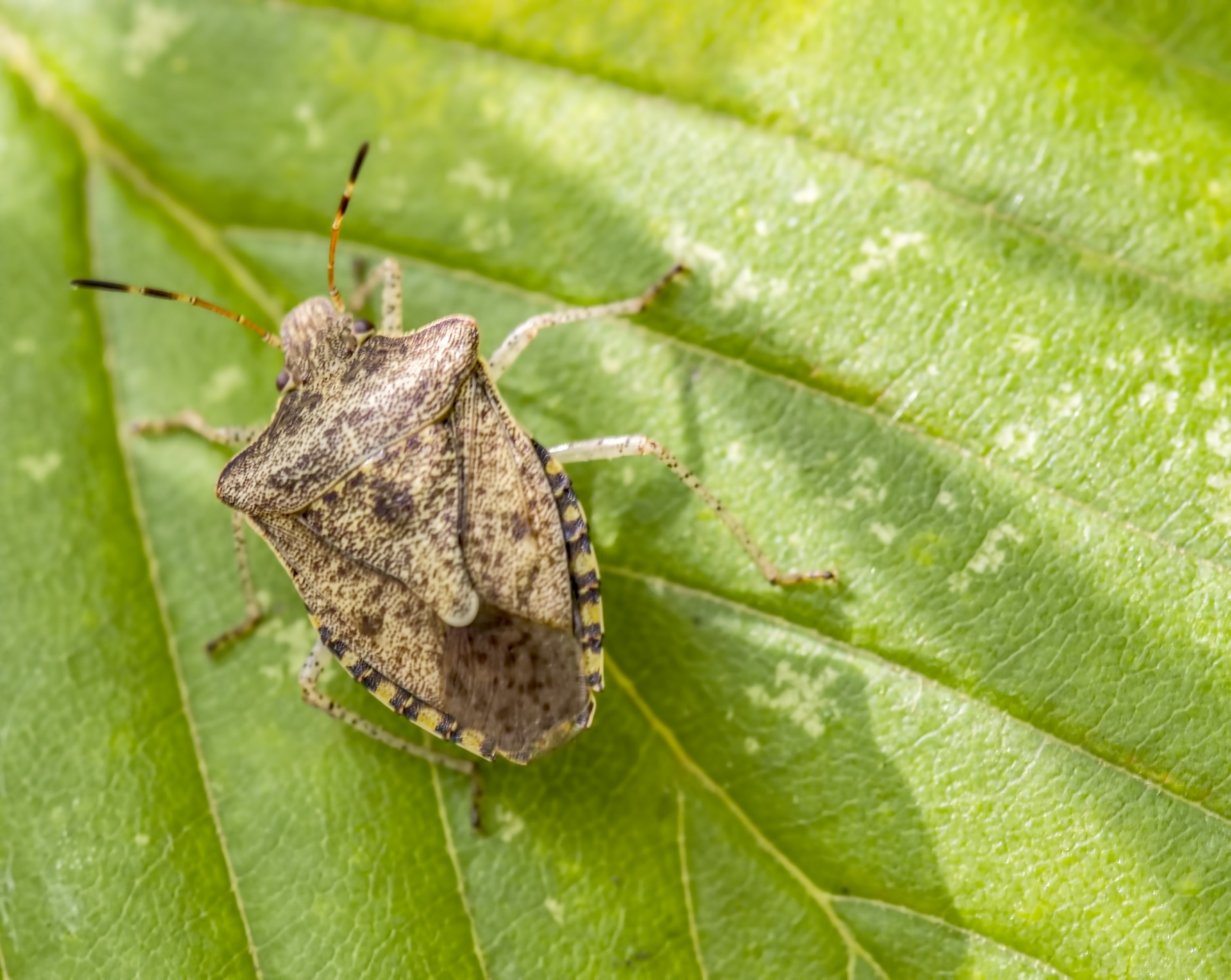
How to Get Rid of Stink Bugs With Essential Oils

How To Prevent Rats From Eating Car Wires
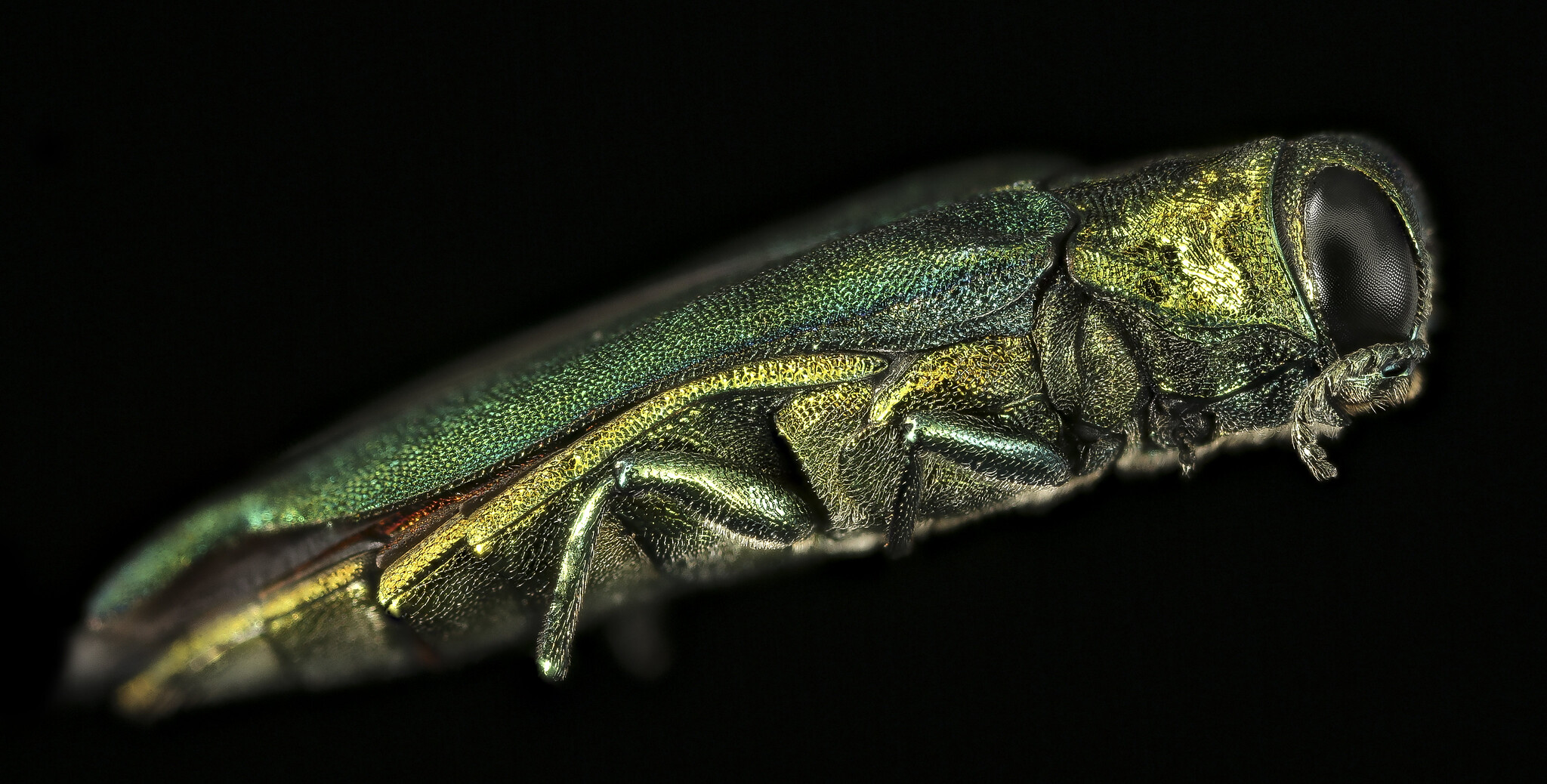
Devastating Discovery of Emerald Ash Borer in Oregon

The Complete Guide to Pet Safe Ant Control
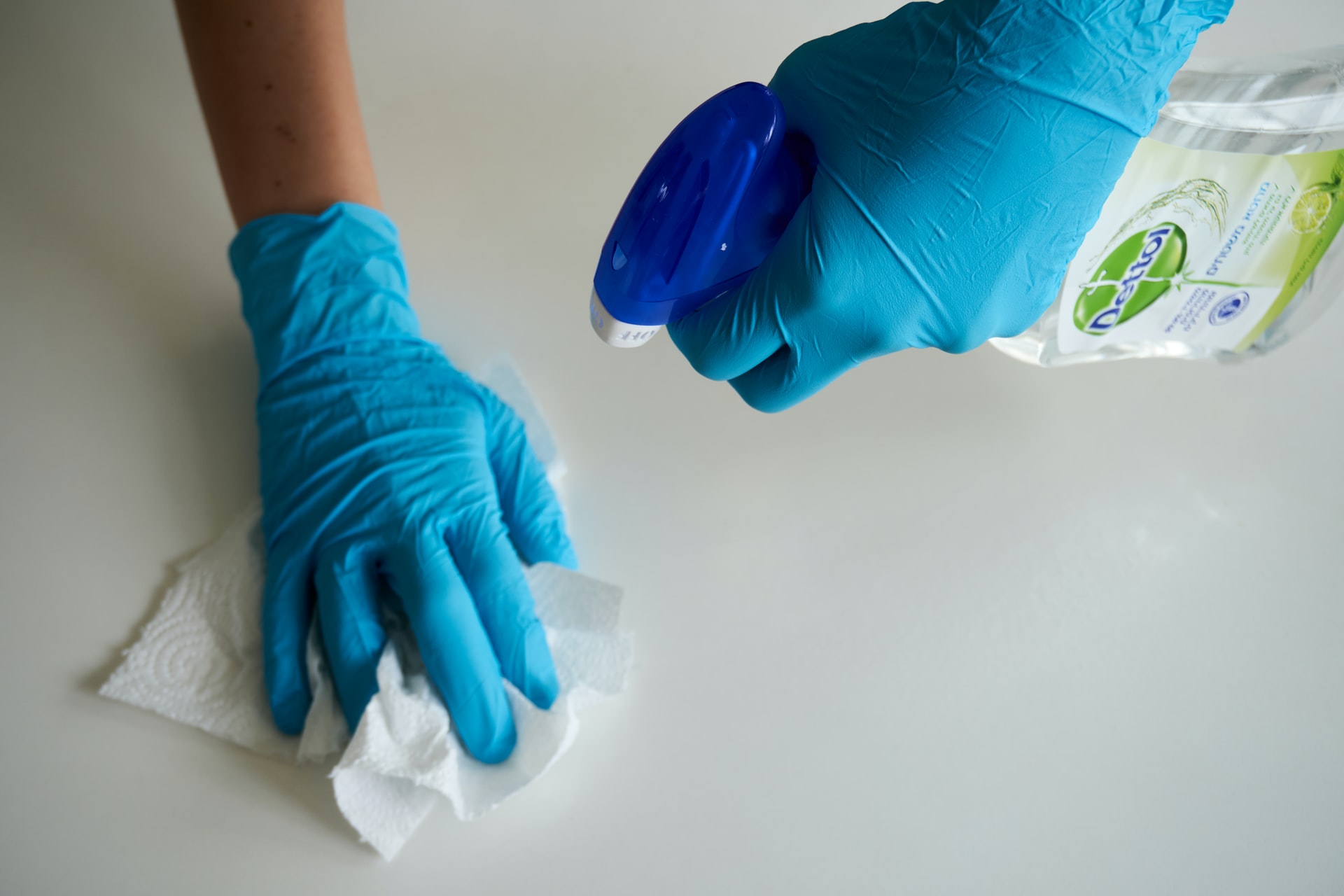
Cleaning Away The Mice (Guest Blog by Grove Pest Control)
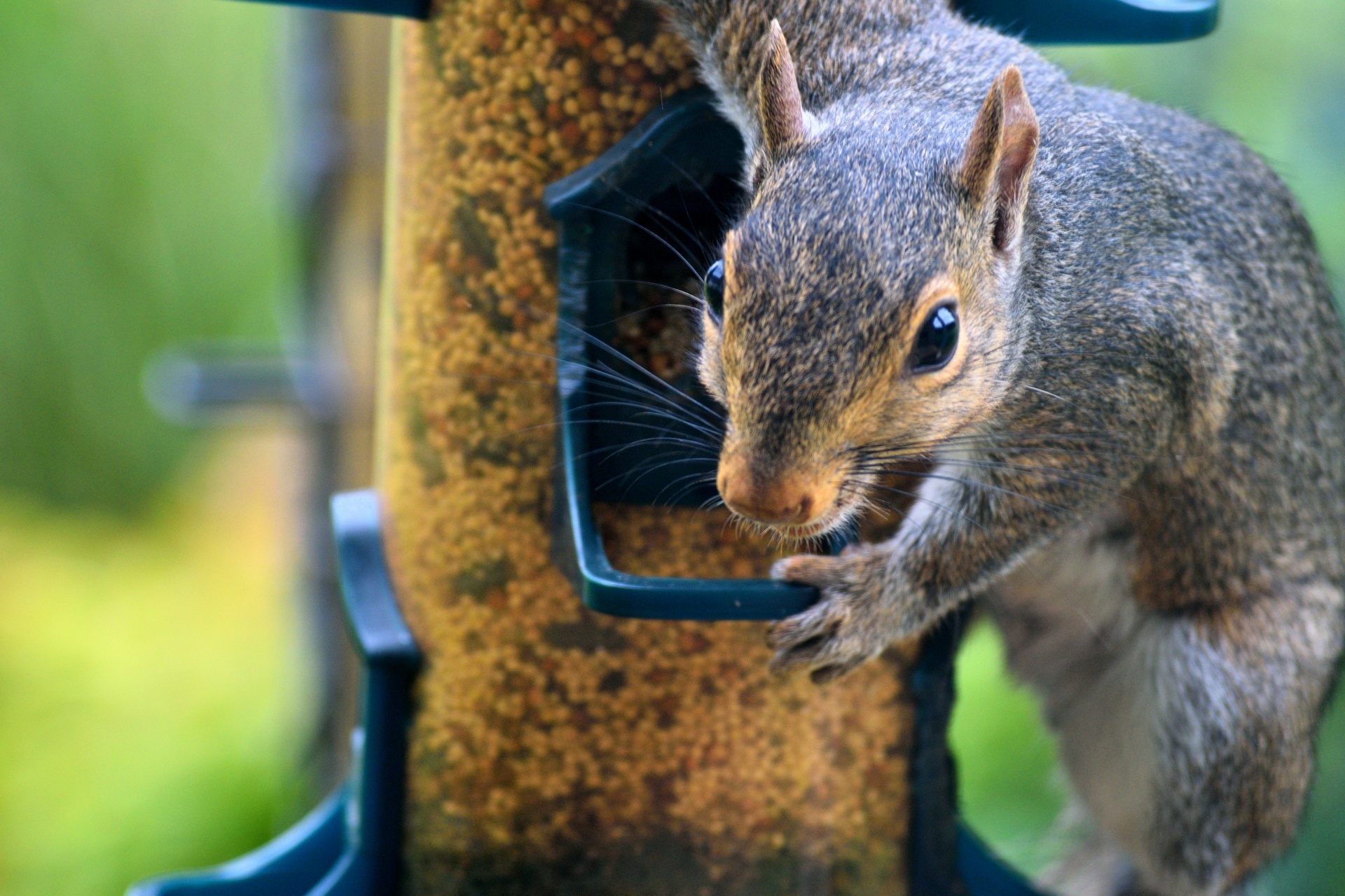
Invasive Squirrels in Oregon: The Dangerous Cost of Squirrel Feeding
